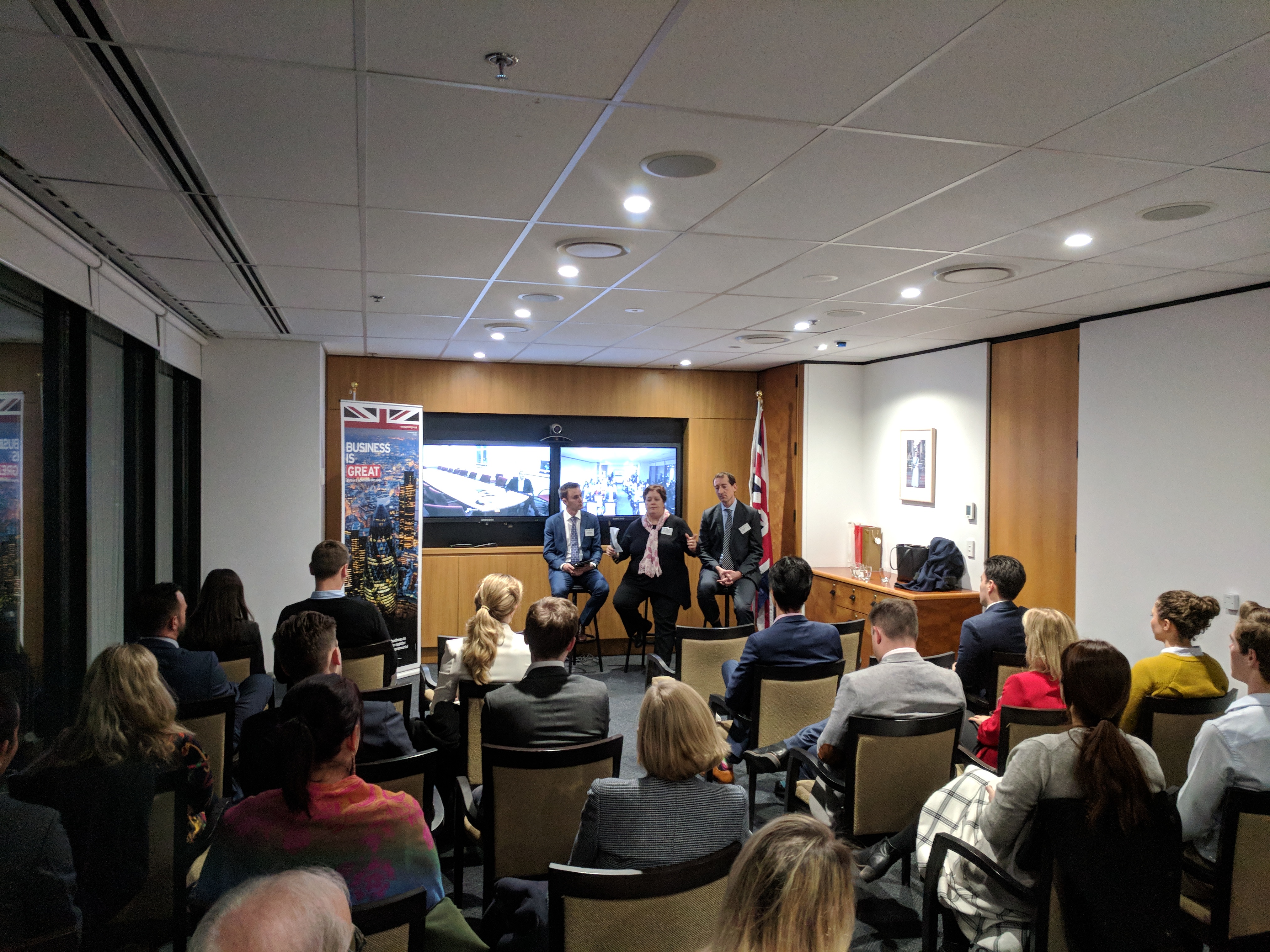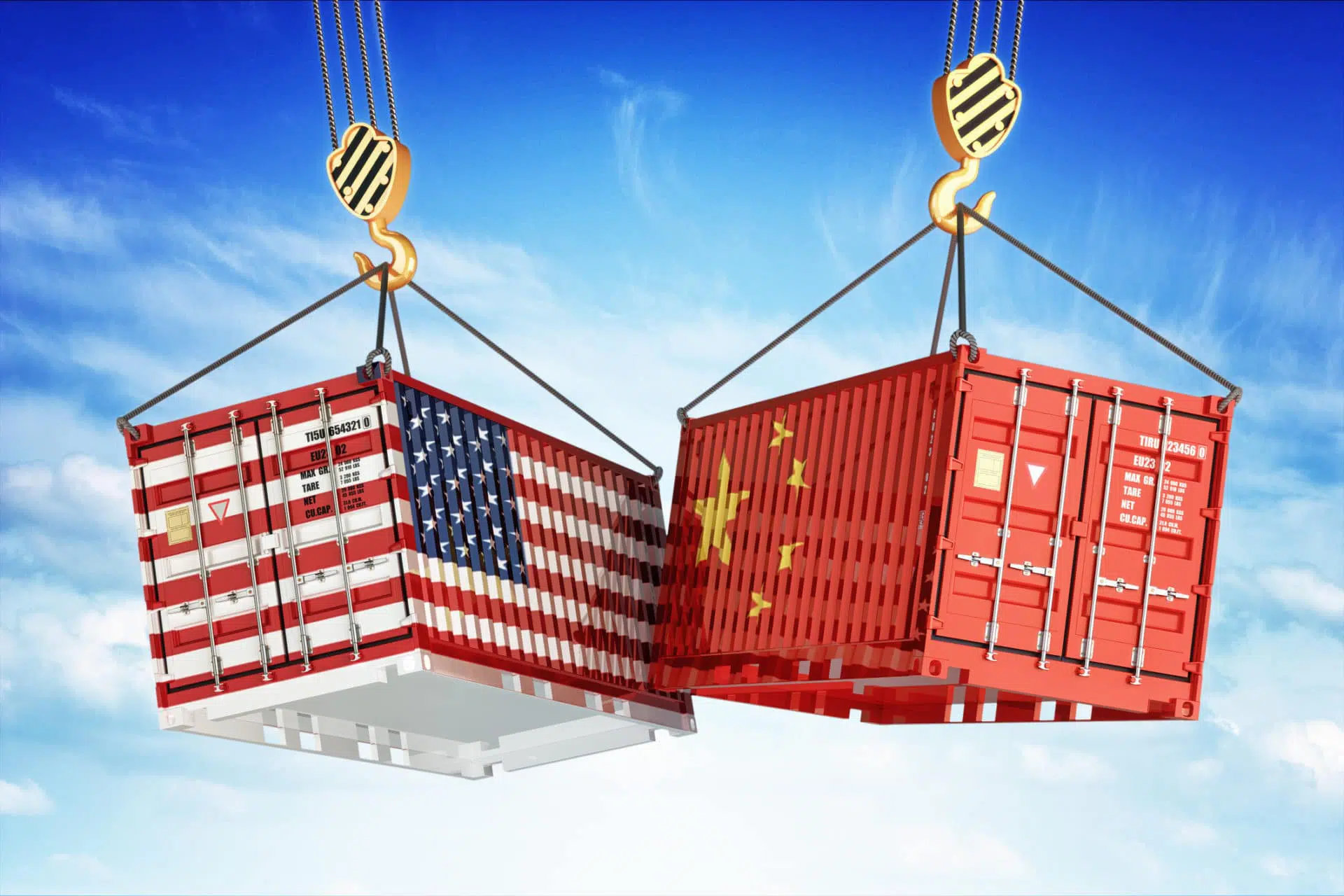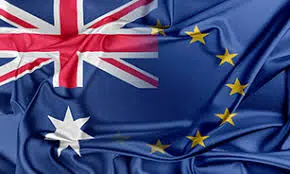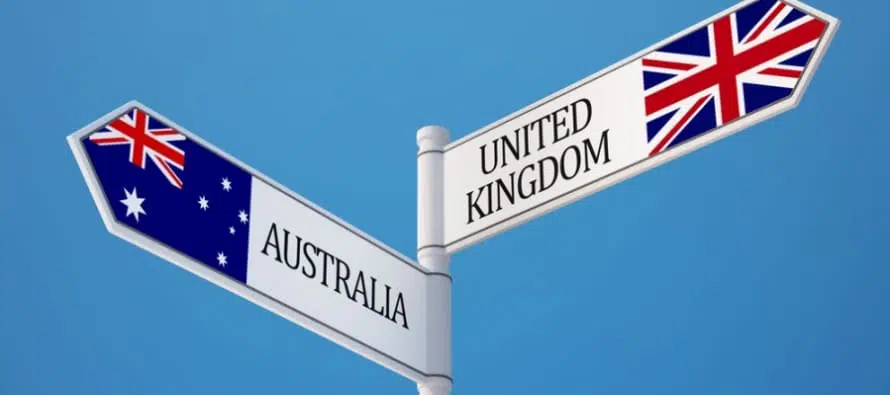Previous Events
Event Recap – How do FTAs impact on Global Trade?
Event Recap by PIT’s Chairman Daniel Spencer.
On Thursday 5 July 2018, Professionals in International Trade (PIT) in partnership with the UK Department for International Trade (DIT) hosted a panel discussion at the British Consulate in Sydney.
The topic of the panel was ‘How do Free Trade Agreements (FTAs) impact on Global Trade’.
The topic was highly anticipated by PIT’s members who appreciate how crucial it is, particularly under the current trend of global protectionist rhetoric, to keep up to date on instruments such as FTAs.
In their simplest form, FTAs help to reduce or eliminate certain barriers to trade and investment, and to facilitate stronger trade and commercial ties between participating countries.
The event welcomed more than 50 attendees from across the international trade industry made up of representatives from Australia, Singapore, Germany, New Zealand, Ireland, Israel, France, Sweden, Norway, Estonia, Switzerland, Denmark and the United Kingdom and the United States.
The evening was moderated by PIT’s Chairman Daniel Spencer and supported by an impressive and authoritative panel on the topic consisting of:
- Ms Rhonda Piggott| Director of NSW State Office of the Department of Foreign Affairs and Trade
- Mr Heath Baker| Head of Trade Policy at the Export Council of Australia
- Mr Elvis Silvestrini | Senior Trade Policy Officer at the British High Commission ACT
Key Take Aways
A 45-minute panel discussion took place which focused on 4 main areas of the FTA discourse.
1. The United States & Global Trade Instability
2. The EU-Australia Free Trade Agreement
3. The UK-Australia Free Trade Agreement
4. Australia’s Current FTAs in Force
You can find a recap of the key takeaways from each segment below:
1. The United State & Global Trade Instability
US Global Disruption:
There has been a concerning trend by the US of undertaking unilateral actions that have the potential to weaken the rules based international system for trade. These actions put at risk many of the global economic and comparative benefits that are being achieved by free trade. In place, what we are seeing in response to US trade policy is a growing sentiment towards nationalistic trade protectionism.
Although there is considerable uncertainty, our panellists agreed that the measures taken so far are not expected to have a significant impact on global growth. However, if this trend of global disruption continues then it might be a different story…
Rhonda shared that for Australia as a medium-sized trading nation, the rules based international system and organisations such as the World Trade Organisation are very important. The importance stems from the fact that irrespective of size all countries can raise their concerns against another country and get a resolution to some kind of dispute.
Perceptions & Trust are extremely important for International Trade:
Heath remarked that history has shown us that it takes a very long time to build up trust in institutions such as the WTO and our current rules based system. Therefore any drivers that undermine this trust, such as unilateral actions by the US or an apparent disregard for organisations such as the WTO, are indeed a cause for concern. Heath’s assessment is that the global risk premium for trade is slowly increasing.
Similarly, Rhonda agreed that today’s economies are highly interconnected. Her belief is that perceptions in international trade are just as important as reality and can have a serious impact on business confidence.
US Tariff War:
On 1 June 2018, the Trump administration imposed a 25% tariff on imports of steel, and a 10% tariff on aluminum, on the EU, Canada, and Mexico. China, Mexico and the EU have since fought back with retaliatory methods of their own. In June we also saw South Korea’s export growth coming to a halt, as shipments of cars and consumer electronics fell sharply, casting a shadow over prospects for this year amid escalating trade tension between China and the United States. Our panellists discussed if they thought Australia should be concerned by a potential trade war?
Considerations for Australia from US Actions:
Australia only has a small overall trade exposure to the US, with only 5.4% of exports going directly to the US. Australia has been exempted from the US tariffs on steel and aluminum. Rhonda commented that there is no guarantee that Australia would always obtain exemptions in the future.
The panel shared their thoughts on a number of indirect consequences for Australia arising from the growing trade tensions between the US, China and other markets.
In one example, both Heath and Elvis explained that Australia’s biggest exports are coal and iron ore, a third of which is sent to China and both of which are used as key materials to make steel. Therefore, Australia may experience indirect consequences on its exports of these commodities arising from Trump’s steel tariffs.
On the other hand, there could also be indirect opportunities for Australia. For example, Chinese students who may have traditionally looked favourably to the US are now looking to alternate destinations for study such as Australia, Canada and the UK who after the US are the world’s other largest exporters of education services.
2. The EU–Australia FTA
On 18 June 2018, Australia formally started FTA negotiations with the European Union.
The EU is Australia’s:
- 2nd largest trading partner
- 3rd largest export destination
- 2nd largest services market
The EU-Australia FTA has the potential to open the door for Australia to:
- A market of half a billion consumers
- GDP of US$17.3 trillion
Expected Length of EU-AU FTA Negotiations:
The reality is that FTAs are not done quickly as there are huge aspects of countries’ regulatory arrangements that are put onto the negotiating table that take time to discuss.
Rhonda shared that it took Australia 10 years from the beginning of Trade negotiations with China to signing an FTA in 2015, it took 5 years for the FTA with Japan, a year for the US FTA, while with Chile it took just 18 months. There was no timeframe for concluding the FTA with the EU. Elvis mentioned that current estimates place the EU-Australia negotiations in the vicinity of 3-5 years.
A key consideration to note is that the EU will be negotiating on behalf of its member states. This adds a layer of complexity as there will be certain sensitivities for each member state that will need to be managed
Nevertheless, Australia and the EU are two trading partners who already know each other very well. They have a positive record of trade negotiations within the WTO framework and for the large part they’ve are already mostly aware of each other’s key sensitivities (i.e. Protection of IP and Geographic Indicators for the EU and Agriculture for Australia).
Nevertheless, Australia and the EU are two trading partners who already know each other very well. They have a positive record of trade negotiations within the WTO framework and for the large part they’ve are already mostly aware of each other’s key sensitivities (i.e. Protection of IP and Geographic Indicators for the EU and Agriculture and Trade Deficit for Australia). Therefore, the key focus for this FTA will be working through these sensitivities and getting everybody on board.
Both Australia and the EU are markets that are committed to staying open to investment and trade and who have very recently reinforced their joint adherence to the international system of rules based order. Under these conditions the panelists were confident that negotiations will move quickly and will ultimately result in a positive outcome.
The panelist highlighted that factors such as the upcoming Australian election and the turnover of the EU Commission in 2019 may impact on timing of the negotiations.
Key Considerations and Importance of the EU-AU FTA:
Rhonda predicts that the EU-AU FTA will be the most important FTA for Australia since the US-AU FTA. While China was a big outcome, the EU-AU FTA has the potential to go deeper than the benefits of market access and open up further opportunities to behind the border and domestic regulatory requirements. For example, these may include improved licensing and regulatory requirements, outcomes on the temporary entry of skilled business people and mutual recognition of qualifications of professionals.
Another consideration that Heath raised is that current estimates in the EU-AU two-way trade predictions still factor in the UK’s presence within the EU. This is of course expected to change after BREXIT in March 2019. The UK has approximately 70 million people and accounts for about a quarter of the existing two-way trade between Australia and the EU.
In terms of specific sectors, Heath mentioned that for Australian Agricultural exporters the prospect of the EU-AU FTA is exciting as it will continue to open up exports to a larger market of 500 million consumers. The other key sector focus for the FTA will be on education, financial and professional services. This will include initiatives to support the digital economy, innovation and increase opportunities for high-technology startups.
3. The UK – Australia FTA
The UK cannot begin formal trade negotiations with Australia – or anyone else until it leaves the EU on March 29 next year.
Post March 2019 and Prospect for the UK-AU FTA:
Elvis mentioned that once the UK ceases to be a member state of the European Union it will enter into a Transition Period as agreed with the EU. This period is expected to run from 1 April 2019 until end of 2020. During that time the UK can start to officially negotiate its own bilateral trade deals. The key trade negotiations for the UK will be with the EU (expected to remain the UK’s largest trading partner), the US, Australia and NZ and its other key trading partners.
Behind the Scenes Preparations for UK-AU FTA Negotiations:
Before any formal negotiations take place, Elvis commented that the UK and Australia have already participated in to a series of joint working groups. Three have already taken place with the most recent one taking place in April 2018 in Canberra. The fourth working group is scheduled for the 25th July 2018 in the UK with one more possible before the end of the year. These meetings are designed to explore the parameters of a future bilateral trade agreement to understand areas of common ground, potential sensitivities, additional information needed at the time of the negotiations and who should be in the room.
Other Considerations:
An interesting point made by Elvis is that for the past 30+years the EU has undertaken trade negotiations on behalf of the UK and other member states as per its mandate. Therefore, in the past 18 months the UK has had to stand up and create a new Department of International Trade, bring in new professionals for the future trade negotiations and lay out their own trade policy.
4. Australia’s Current FTAs in Force
Australia currently has 11 FTAs. The most recent FTA signed by Australia was with Peru on 12 February 2018.
Australia now has agreements, or negotiations underway, with all of top ten of its trading partners.
Final panel comments on FTAs:
- FTAs don’t just focus on trade, they are much bigger than purely trade – they can have a head-turning effect in that business attention is drawn to that market.
- FTAs can sometimes be used by Governments for political wins and can unintentionally provide them with a way out of having to dig deeper into the real trade issues of exporters.
- Countries sign FTAs to give their exporters better market access over their international competitors, particularly if those competitors are negotiating FTAs of their own. FTAs are not the answer to all commercial woes, however a recent survey conducted by an independent body of the utilization of some of Australia’s FTAs by exporters found that:
- The 3 North Asia FTAs have on average an 80% utilization rate by those exporting to those markets. To Japan alone the utilization of the preferential rates by Australian exporters is 95% and to China it is 80%.
- Australia and the EU have both independently tried to negotiate an FTA with India, however it is proving too hard. India is an interesting market for Australia and the Australian Government will soon release an India Economic Strategy that will cover 10 Sectors and 10 Indian States.
Where can you go for more information?
As with any panel discussion there is always only enough time to touch the surface of these complex issues, so we would encourage all of PIT’s members to keep abreast of ongoing trade updates and press releases relating to Australia’s Free Trade Agreements.
- Periodically review Press Releases from Minister for Trade, Tourism and Investment The Hon Steven Ciobo MP and look at the FTA portal (which provides advice on tariff outcomes in each FTA) and fact sheets on FTA outcomes on the DFAT website: www.dfat.gov.au
- Sign up for the Export Council of Australia newsletter.
- Watch a great video from Austrade here summarising Australia’s FTAs.
Thank You
We would like to thank our 3 panellists for contributing their time and insights with the PIT Community.
We also wanted to thank our kind hosts the UK Department for International Trade. DIT supporting us with our venue at the British Consulate and catering for the evening.
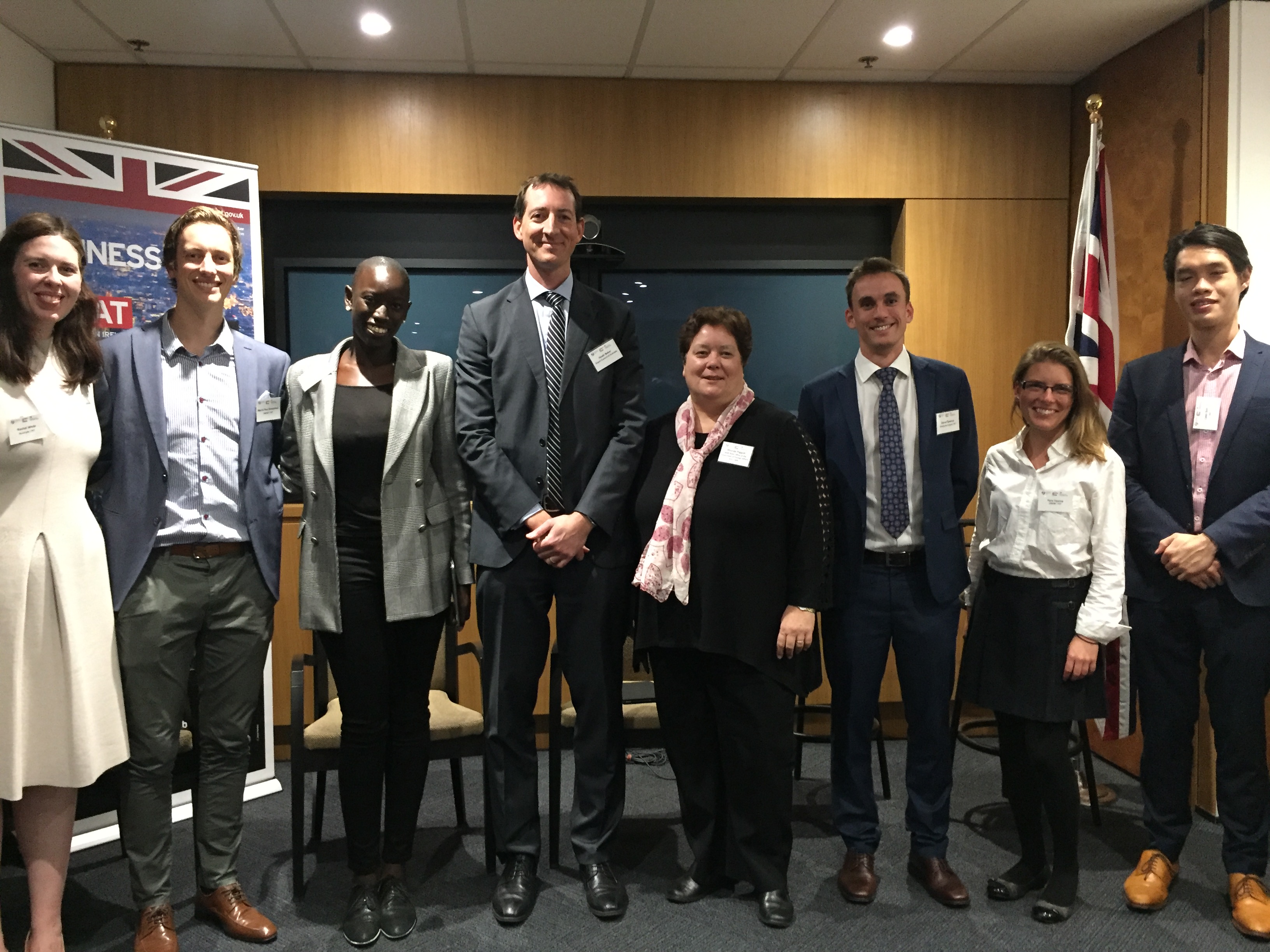
Next Steps
Interested to join PIT? Click Here
Connect and Follow Us on LinkedIn and Twitter @PIT_Aus
Click here for photos from the FTA Event


